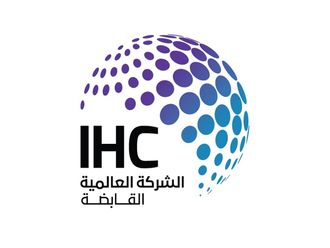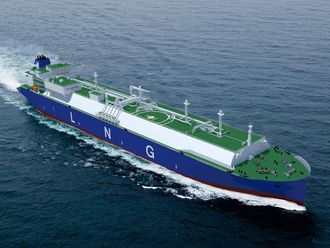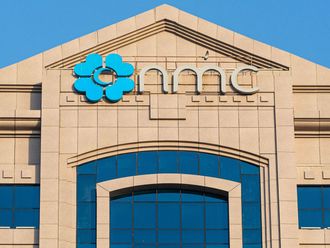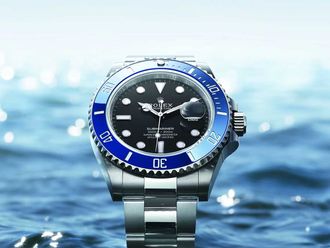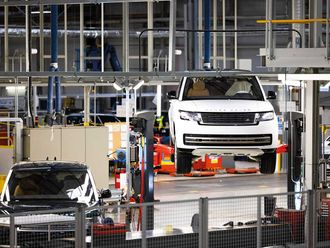According to Neil Dwane (Allianz CIO-Europe), we are entering into a "New BRIC decade".
Of course, BRIC (Brazil, Russia, India and China), as the new equity tigers is not so new an idea.
However, the nuance added by the Dwane/Allianz view is the extent to which this particular tiger can outpunch any bull the mature markets might produce; if not for the next 10 years, certainly for now.
Dwane was quick to say that "our last year view" included the thought that "we are moving into an emerging market led economy".
Moreover, that view included: "we will continue with the de-coupling of emerging economies and developed economies".
Indeed, a comparison of:the MSCI Global market, the MSCI Emerging market ex-BRIC; and BRIC, does show some element of BRIC decoupling as already evident.
The MSCI Global and the non-BRIC emerging market show all the trauma of post-Lehmans from late 2008 and some element of recovery in 2009.
Tremours
The BRIC graph, however, holds its own: admittedly there were tremours rather than traumas in the fourth quarter of 2008, but of the three graphs, it's the only one of the three that leaves 2007 prices behind. In short, it's been making money.
Dwane acknowledges that the BRIC advantage owes something to the "lack of the same headwinds" faced by Western economies, and particularly Western debt.
Whichever angle you look at from: whether it's the sheer scale of the debt; the questionable ability of some governments to deal with it; or the ability of inflation to erode bonds as a government debt-management tool- no angle looks easy. Meanwhile, the BRIC countries can plough ahead with only indirect concerns about western debt.
So, if it's an old story with a new nuance, why should we re-consider our weighting to BRIC? To help, I have taken five bricks from Dwane's BRIC wall.
Firstly, China's pace of growth put into perspective. China's GDP for the period 2000-2009, Dwane says, was the equivalent of 10 Sweden's or 10 Australia's; or the equivalent of 2 France's or 2 UK's. That's unprecedented growth.
The second brick could be that of the beat-the-forecast rate of growth throughout BRIC. To be precise, it's the Goldman's forecast 0f 2003. In practice, Brazil, India and Russia all beat the 2003-08 forecasts, with China giving their forecast a real hammering. With past performance not so good a guide to the future, Dwane's best-of-BRIC's future equity growth (not GDP growth) is more inclined to India than China.
The third brick lies in the expected continued growth of BRIC against its Western competition as the Goldman Sach's (December 2009) "guess-timates" shown in the box.
For brick four we can go to cars and the expected increase of car volume by some 500 million additional cars between now and 2050, with, of course, a lot of that growth taking place over the next decade.
Brick five would be the consistency of Brazilian production figures. Notably Dwane quotes unemployment falling from 12 to 13 per cent in 2001-2002 to around about 7 per cent in 2009. Meanwhile public sector wages have virtually doubled.
Ultimately, BRIC confidence is all about the massive amounts of consumers available within the BRIC wall. In isolation the potential consumer numbers means nothing, but, give them a rise in living standards and the continued growth momentum.
The write is Chairman of Mondial Financial Partners.


